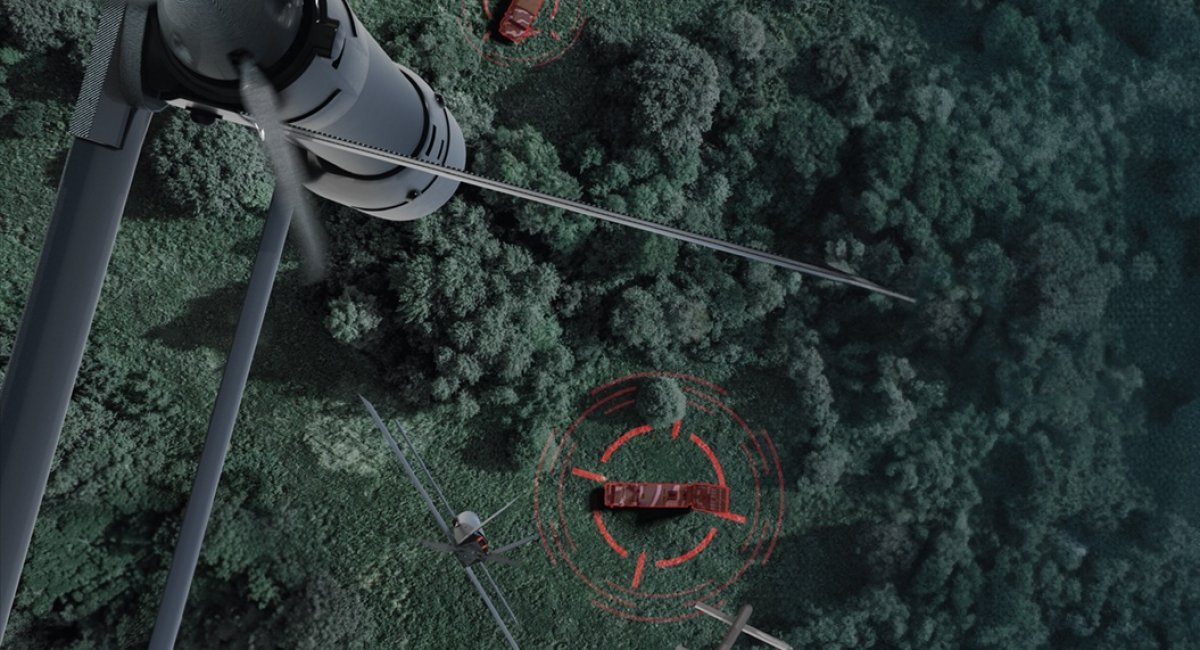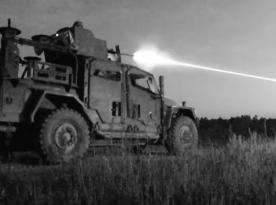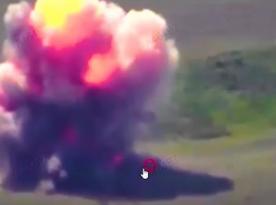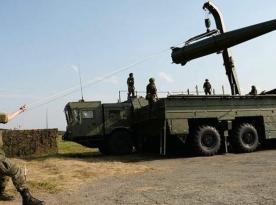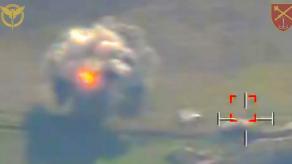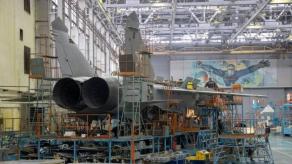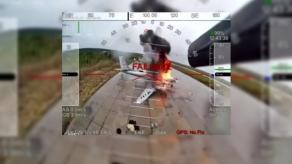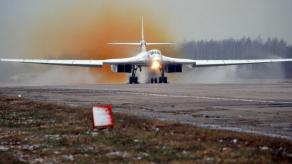Based on a controversial source—so-called expert Julian Röpcke, whose statements have, according to the President's Office, at times been equated with russian propaganda and at other times criticized for lacking understanding of realities—the Ukrainian media space is actively discussing claims that Germany is allegedly supplying 4,000 mini-Taurus drones instead of Taurus cruise missiles.
Information about these drones remains extremely limited. The only available details include the name of their manufacturer, Helsing, and claims that the drones are equipped with advanced artificial intelligence for autonomous target engagement, electronic warfare resistance, and a range four times greater than Ukrainian kamikaze drones. Additionally, they reportedly have a cost lower than the American Switchblade or the russian Lancet.
Read more: The Ministry of Defense Approves the Vykhor FPV Drone System
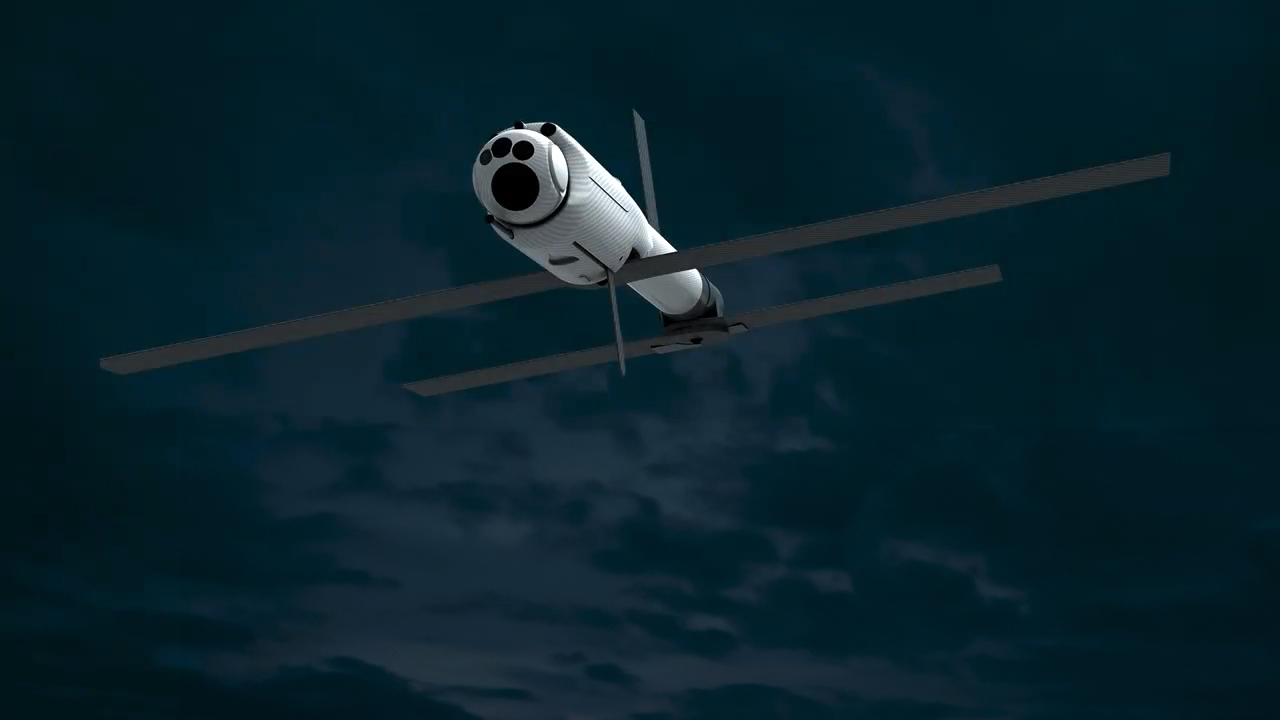
These specifications suggest that the drone is a loitering munition designed to strike targets within a range of 40–60 km—approximately four times the range of Ukrainian FPV kamikaze drones. This alone indicates that these drones cannot be considered mini-Taurus or match even a fraction of the Taurus missile's capabilities. The German Taurus cruise missile is designed to destroy heavily fortified targets with a 480-kg warhead and a range exceeding 500 km.
No drone, even one with a comparable range, can physically achieve the same destructive potential with a warhead weighing only a few dozen kilograms. In the case of the drones mentioned from Helsing, it is clear they represent another type of kamikaze munition, with a warhead of just a few kilograms, primarily intended for targeting armored vehicles. A single glance at the drone’s photo—assuming it accurately represents the model—supports this conclusion.

Thus, the drones in question are more akin to the Switchblade, which, as noted, will be supplied in batches of several hundred units per month until the full contract for 4,000 units is completed. If the contract spans one year, this implies approximately 333 drones per month. While these drones could undoubtedly serve as an effective tool for striking russian targets in the frontline and near-frontline zones, they are by no means a substitute for a cruise missile.
Read more: AeroVironment Upgrades the Puma Scout Drone Which is Used by Ukrainian Forces




